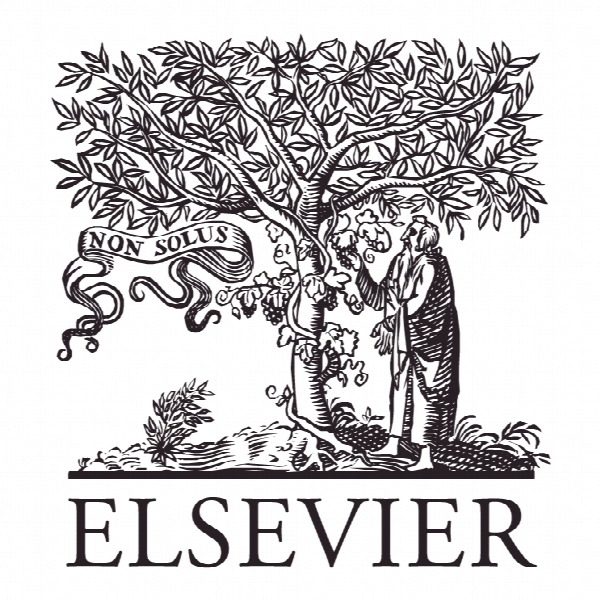یک استراتژی رقابتی برای تقسیم بندی دستگاه های دهلیزی و آئورت بر اساس مدل های ناپایدار A competitive strategy for atrial and aortic tract segmentation based on deformable models
- نوع فایل : کتاب
- زبان : انگلیسی
- ناشر : Elsevier
- چاپ و سال / کشور: 2017
توضیحات
رشته های مرتبط پزشکی
گرایش های مرتبط قلب و عروق
مجله تجزیه و تحلیل تصویر پزشکی – Medical Image Analysis
دانشگاه Polytechnic Institute of Cávado and Ave, Barcelos, Portugal
نشریه نشریه الزویر
گرایش های مرتبط قلب و عروق
مجله تجزیه و تحلیل تصویر پزشکی – Medical Image Analysis
دانشگاه Polytechnic Institute of Cávado and Ave, Barcelos, Portugal
نشریه نشریه الزویر
Description
1. Introduction Anatomical assessment of the atrial region (i.e. atrial bodies and aortic tract – Ao) through medical imaging has gained particular interest during the last decade. Several authors extracted/isolated multiple contours of the atrial anatomies using different segmentation strategies (Tobon-Gomez et al., 2015), proving the clinical relevance of a correct anatomical and functional assessment of each atrial region for global cardiac function quantification and even for risk stratification (Hoit, 2014; Melenovsky et al., 2014). Moreover, enhanced minimally invasive cardiac interventions were proposed, using electroanatomic mapping techniques (Rolf et al., 2014) or even superimposing preoperative anatomical atrial surfaces (Bourier et al., 2016), extracted from highly detailed datasets, into intra-operative imaging (e.g. fluoroscopy). In fact, the fusion of pre- and intra-operative data is an emergent research topic, where the limitations commonly associated with the intra-operative data (e.g. difficult to detect the cardiac boundaries, or the small field-of-view) are reduced, facilitating the entire procedure and making it safer even in inexperienced hands. Automatic and semi-automatic atrial region segmentation solutions have been explored and presented for multiple imaging modalities, such as computed tomography (CT, (Ecabert et al., 2011; Kirişli et al., 2010; Zheng et al., 2008)) and magnetic resonance imaging (MRI, (Zuluaga et al., 2013)). Since the manual approach is tedious, timeconsuming and has a high intra- and inter-observer variability, automated segmentation processes have been widely explored and increasingly accepted in normal clinical practice. The majority of the applied methods are based on deformable models (Ecabert et al., 2011), atlas-based techniques (Kirişli et al., 2010; Zuluaga et al., 2013) and machine learning (Zheng et al., 2008), proving its high accuracy in a high number of cases with different pathologies. Some studies focused only on the left atrium (LA) due to its importance for atrial fibrillation, using a simple initialization strategy through a multi-atlas to obtain a rough contour alignment (Sandoval et al., 2013) or a probabilistic atlas (Stender et al., 2013), followed by a region growing and multiple 2D individual segmentations with circular shape descriptors (Ammar et al., 2013). Moreover, (Zuluaga et al., 2013) presented an atlas-based technique with global and deformable alignment for LA segmentation only. Nevertheless, the current solutions show inaccurate results in thin septal walls (Zhuang et al., 2010) or present a total merge/overlap between atrial contours (Kirişli et al., 2010; Zuluaga et al., 2013). Specifically, the atlas-based technique with a final majority voting per chamber approach presented by (Kirişli et al., 2010) was unable to prevent overlap between contours. Contrarily, the atlas-based approach from (Zuluaga et al., 2013) and the deformable model proposed by (Ecabert et al., 2011) prevented overlapping regions by simply merging these regions. Thus, accurate assessment of the thin walls is currently not possible, missing their use for specific diagnostic purposes and interventional planning related with the thin atrial walls, e.g. transseptal puncture (Morais et al., 2016). Multiple strategies have been proposed to segment multiple structures in different scenarios, using different formulations to identify the target regions and prevent overlap and gap regions between contours (Jimenez-del-Toro et al., 2016). Initially, several authors extended their individual structure methods to multi-structures. Some examples are the atlas-based (Okada et al., 2015; Wolz et al., 2013; Xu et al., 2015), and statistical-based approaches (Yan et al., 2005; Yang et al., 2004). Despite the high versatility obtained, overlapping and merged regions were typically found, requiring post-processing techniques through mathematical morphology operations or refinement methodologies (Iglesias and Sabuncu, 2015).


